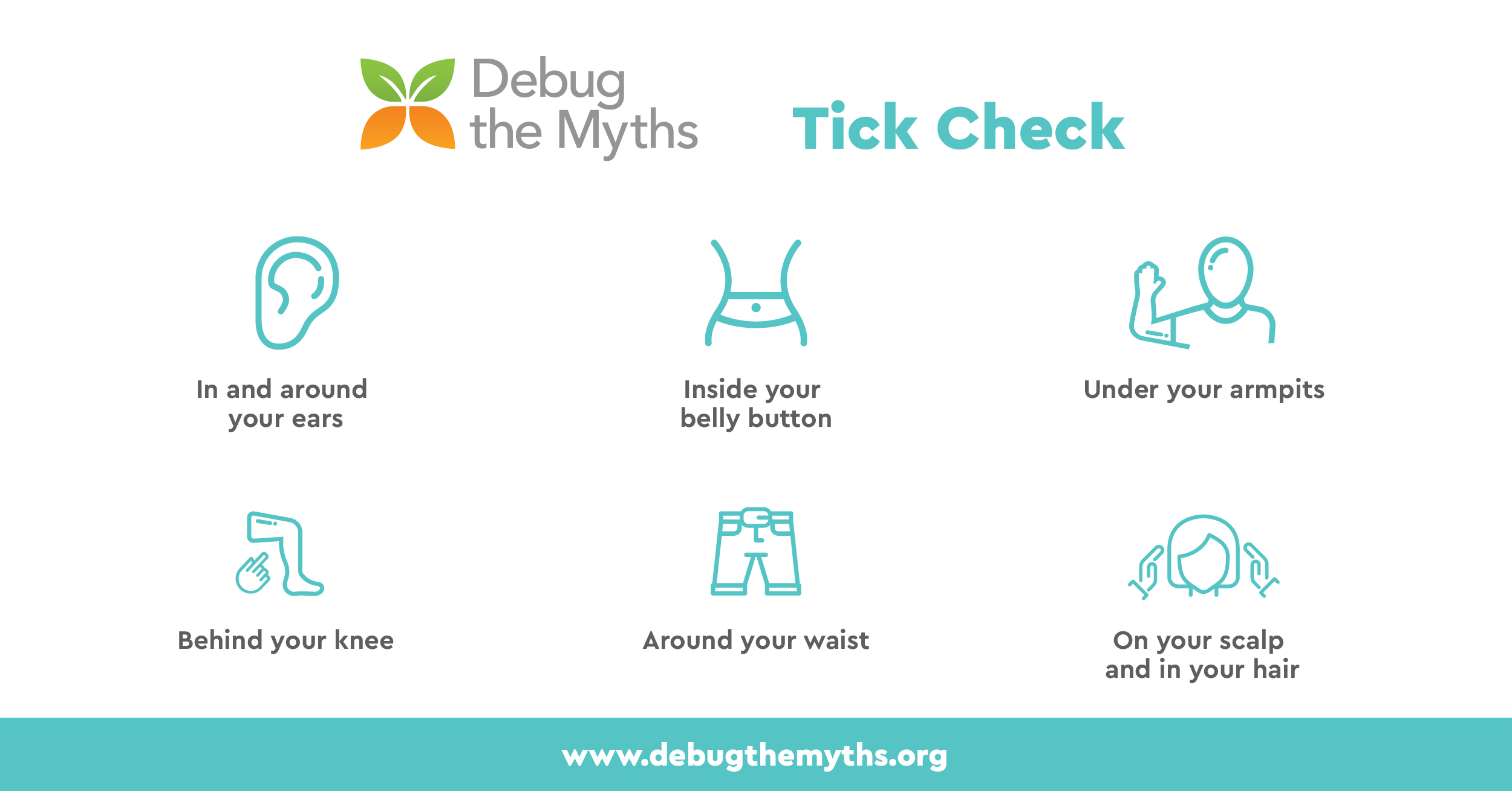Ticks and Lyme Disease
Lyme disease, the most commonly reported vector-borne illness in the U.S., is notoriously difficult to diagnose; yet, more than 30,000 cases of Lyme disease are reported to the CDC each year. Lyme disease is heavily concentrated in the northeast and upper Midwest regions of the U.S., with 14 states in these regions accounting for more than 96 percent of cases reported to the CDC.
Ticks may be tiny, but they’re also dangerous insects that can transmit serious diseases. Their tiny size can make it easy to miss one that has crawled on your body after time spent outdoors. A few tips for locating and protecting yourself from tick bites include:
- Put up personal barriers. Before heading outdoors, apply and pack an EPA-approved insect repellent, proven to repel mosquitoes and ticks. Tuck shirts into pants and pants into socks, and stay in the middle of trails away from brush to help avoid ticks.
- Clean and check thoroughly. Bathe or shower right after spending time outdoors and conduct a full-body tick check using a mirror to see hard to reach places such as the under arms, belly button, behind the knees and on the scalp.
- Protect your home. Remove leaves, brush, and weeds and trim shrubs and trees around the perimeter of your home and the edge of your lawn. Use pesticides around your home’s perimeter and as a targeted barrier treatment. Always read and follow pesticide label directions.
- Use tips from a professional. Consult a professional to spray your yard perimeter to reduce tick populations.
Preventing tick bites is the best way to prevent Lyme disease. Be sure to check yourself, your family and your pets for ticks, during or after time outdoors, especially in wooded areas. Download our tick check card to RISE above Lyme:

Symptoms can resemble those of the flu, including fever, headache, nausea, jaw pain, light sensitivity, red eyes, muscle aches, neck stiffness, and development of a rash – sometimes shaped like a “bull’s eye” mark – or hardly noticeable at all. If misdiagnosed or left untreated, Lyme disease infects the joints, hearts, and nervous system.
Other tick-borne diseases, including Rocky Mountain spotted fever, also pose serious health risks. Preventing tick bites and controlling tick populations is essential to help your protect family, pets and community from these illnesses.
